Physical Address
304 North Cardinal St.
Dorchester Center, MA 02124
Physical Address
304 North Cardinal St.
Dorchester Center, MA 02124
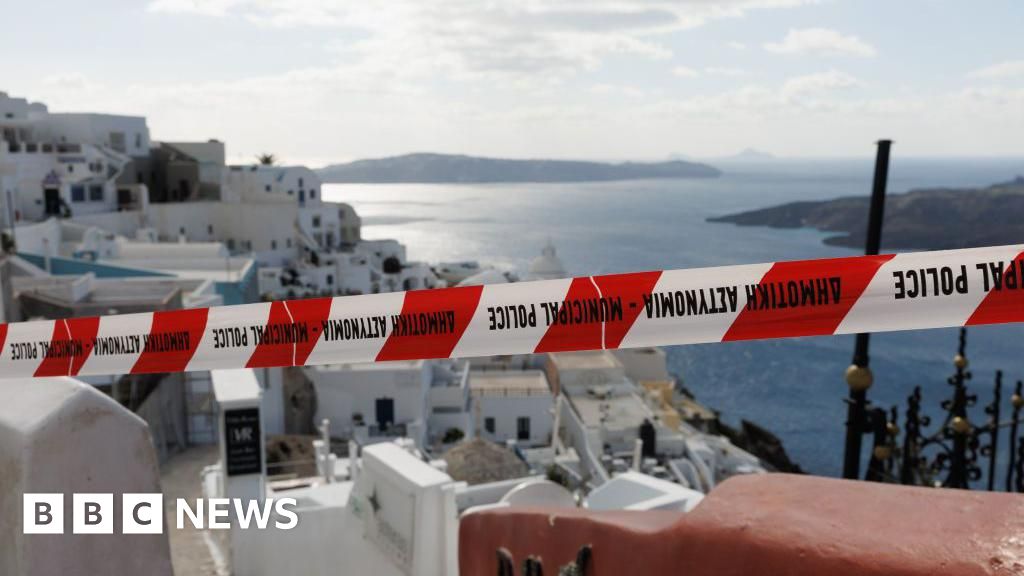
BBC News
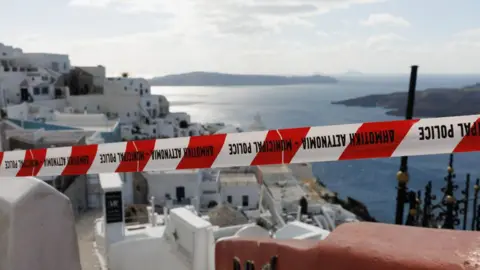 Getty Images
Getty ImagesOn a relaxed summer day, in July 1956, he was struck by the disaster at Santorini.
“I remember our dog and the bird acted strangely. Then the earthquake struck,” says Eirini Mindrinou, 83, 83. “The house opened before it closed again. I saw the sky through the crack of the roof.”
The 7.8 earthquake between the Santorini and the nearby Amorgos Island destroyed most of the island, and a huge retrospective Shock caused further damage 12 minutes later. Fifty -three people died.
The island, then just a quiet fishing village, scared, and his men fled.
Today, it is much different to rebuild one of Greece’s most coveted tourist targets – but this week another mass emigration has emerged when a new wave of earthquakes hit the island.
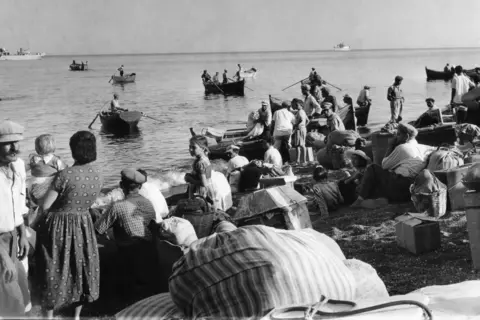 Dad
DadFine tremor that began in June 2024 Has become full -fledged earthquakesHome trembling and disturbing the inhabitants of the island. The families rushed beside the air and the sea, desperately looking for a rest as the Earth shook again.
But not everyone escapes. Those who remain, courage, necessity and deep relationship, present a deep relationship with the earth that has determined the locals of the island. They wear sleepless nights that have been haunted by the memories of the past and the awesome unknown unknown.
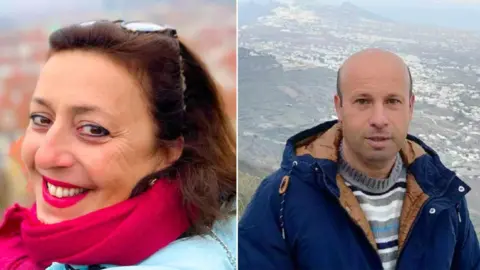 Margarita Karamolegkou and Matthaios Fytros
Margarita Karamolegkou and Matthaios Fytros“The noise because of the earthquake … unbearable. It has become overloaded even in my house,” says Margarita Karamolegkou, a local businesswoman. “I felt tired every day, without vision … but I didn’t feel fear. I can’t leave my home and I can’t leave the people who left behind.”
This resistance ability is nothing new. According to Mayor Nikos Zorzos and the seismic changes, people resisted both social changes – about 3.4 million visited the island last year. Now, as always, they have come together in solidarity.
“We will do our best to support vulnerable persons,” says Matthaios Fytros, a local volunteer and merchant. “People with disabilities, the elderly – many people struggle to get around and their homes are hard to reach. If a large earthquake finds, I know exactly where they live and get to them as quickly as possible. Firefighters.”
Matthaios and others arrest the island, ensuring that abandoned real estate is not looted and helped for those in need. “I’m not scared,” he says with a quiet conviction. “We are proud of our island. I just hope that everything succeeds and that this ordeal will be over soon. We are glad that our visitors will return with us.”
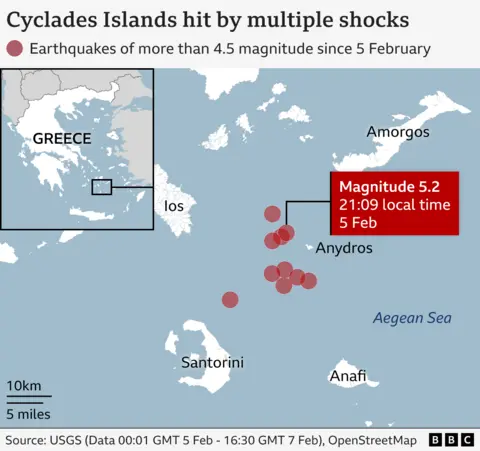
The state’s reaction was quick, with measures to deal with the crisis. However, thanks to the government’s intervention, there remains a quiet bitterness. Many islanders are reminiscent of the years when their crying for better infrastructure and support has become unheard of.
“For years, we’ve been asking for a better port that helps us to handle the number of growing tourists,” says Margarita, her voice frustrated. “We need help in preserving the identity of the island – its unique environment, the seismic and volcanic forces that shape it. We are grateful for tourists, but we also have to protect what Santorini makes special.”
Tourism has become the age of life at Santorini’s economy. The island is about 2.5% for Greek GDP, about € 5.9 billion (£ 4.9 billion).
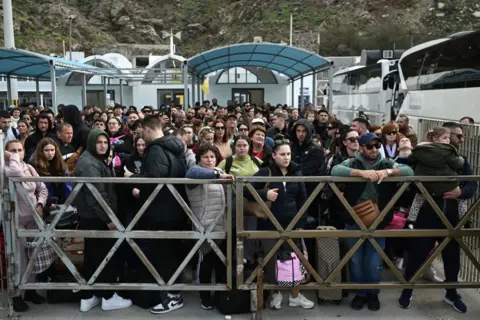 Getty Images
Getty ImagesAs the trembling continues, the future of Santorini’s economy remains uncertain. Is your well -being resistant to a shake? Santorini people fear that the fragility of the island can soon go beyond the ground.
“I am sorry for the development of the island’s development with the increase in tourism,” says Eirini, who is temporarily in Athens, not by fear but from routine medical tests. “Here we damage the natural environment. Now, with the continuation of the earthquakes, there is a real risk to lose the entire tourist season.”
Scientists may not know when the shake stops, but instead of fear, some residents decided to understand the phenomenon in the hope that this would reassure them their unknown confrontation.
“I try to think about what happens to kindness,” Margarita says thoughtfully. “He feels something down there. Everything we admire about Santorini today – beauty, character – was shaped by the volcano and its seismic forces.”
“We are the most popular island,” says Matthaios, his voice full of pride. “And I think we are the most beautiful of the islands in Greece. We get out of this stronger.”